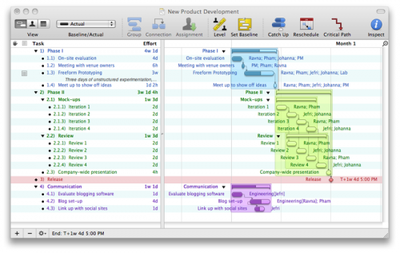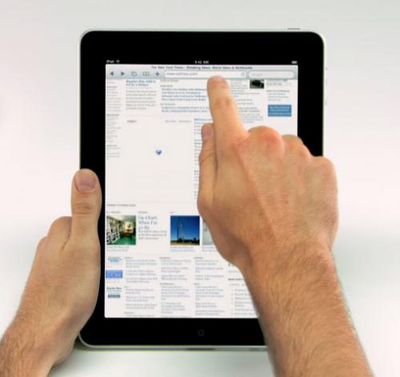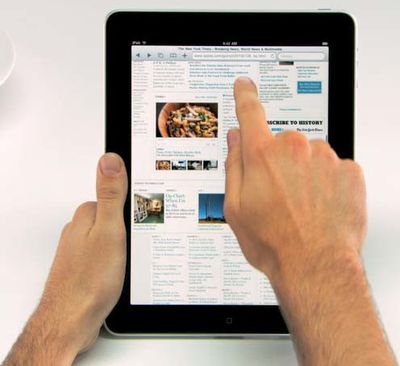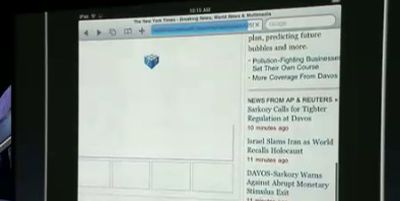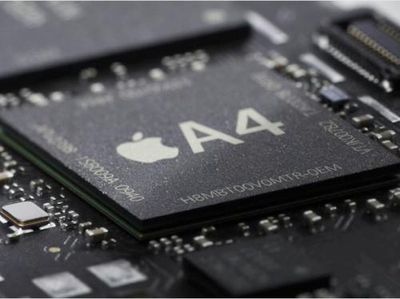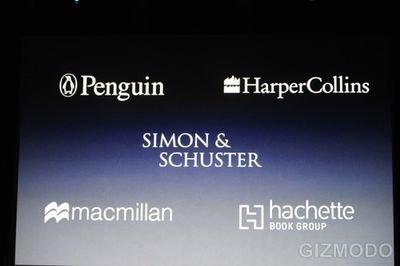Even before the launch of the iPad, there had been rumors that Apple was working with publishers to allow them to set their own prices for ebooks. This could result in bestselling ebooks being priced as high as $14.99 vs the current selling price of $9.99 on Amazon. Jobs was even questioned by Walt Mossberg about this possibility after the media event. Steve Jobs said that Amazon and iPad ebooks would be priced "the same".
Macmillan publishing found itself at the heart of the debate when the company had found its ebooks had been pulled from Amazon late last week. A message from Macmillan CEO John Sargent confirmed the disagreement and explained that they wanted to adopt an "agency" model for book pricing:
Under the agency model, we will sell the digital editions of our books to consumers through our retailers. Our retailers will act as our agents and will take a 30% commission (the standard split today for many digital media businesses). The price will be set the price for each book individually. Our plan is to price the digital edition of most adult trade books in a price range from $14.99 to $5.99. At first release, concurrent with a hardcover, most titles will be priced between $14.99 and $12.99. E books will almost always appear day on date with the physical edition. Pricing will be dynamic over time.
Today, it appears that Amazon has relented with an announcement today, but placing the blame fully on Macmillan for the higher prices:
We have expressed our strong disagreement and the seriousness of our disagreement by temporarily ceasing the sale of all Macmillan titles. We want you to know that ultimately, however, we will have to capitulate and accept Macmillan's terms because Macmillan has a monopoly over their own titles, and we will want to offer them to you even at prices we believe are needlessly high for e-books.
Amazon claims that they don't feel that other publishers will take the same route as Macmillan and that consumer demand will decide the matter in the long run.


